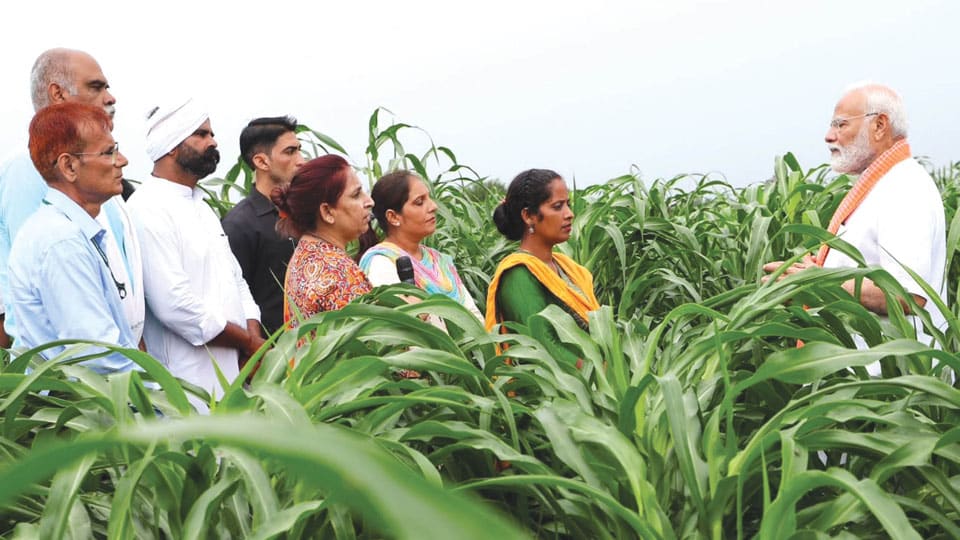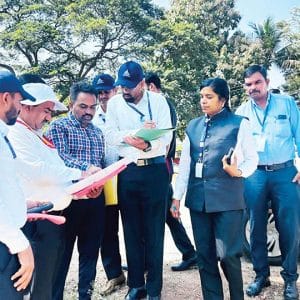Indian Institute of Spices Research Regional Station at Appangala develops IISR Kaveri, IISR Manushree
New Delhi: In a major boost to climate-resilient agriculture, two innovative cardamom varieties developed by the Indian Institute of Spices Research (IISR) in Appangala, Madikeri, were among 109 new crop varieties launched by Prime Minister Narendra Modi in Delhi last Sunday.
These varieties, IISR Manushree and IISR Kaveri, represent significant progress in India’s efforts to combat the impacts of climate change on farming.
The IISR’s regional station in Appangala, under the Indian Council of Agricultural Research (ICAR), has been instrumental in preserving and utilising cardamom genetic resources. The new varieties, developed through clonal selection, are particularly noteworthy for their drought tolerance, an essential trait in the face of increasingly erratic weather patterns.
IISR Manushree
IISR Manushree, one of the new varieties, is designed to withstand moisture stress, producing an impressive average yield of 550 kg of capsules per hectare under irrigated conditions and 360 kg per hectare in moisture-stressed environments. It also features a high essential oil content, reaching 8.84% under stress. This variety is recommended for cardamom-growing regions in Karnataka and Kerala.
IISR Kaveri
The second variety, IISR Kaveri, is a compact flowering cardamom plant that yields 482 kg of dry capsules per hectare under irrigation and 308 kg per hectare under moisture stress. It boasts an even higher essential oil content than Manushree, making it highly suitable for cultivation in Karnataka.
These developments were led by S.J. Anke Gowda, Principal Scientist and Head of ICAR-IISR, RS, Appangala, alongside his dedicated team. The varieties recently received regulatory approval from the Central Sub-Committee on Crop Standards, Notification and Release of Varieties for Horticultural Crops.
These new cardamom varieties mark a significant step forward in adapting agriculture to the challenges of climate change, offering farmers more resilient and productive options in drought-prone regions.








Recent Comments